The report identified three primary food safety threats that retailers should work to contain across their supply chains.
Residual chemicals, microbe contamination and spoilage, and veterinary diseases are the common enemies Asian markets face in the battle for fresh food safety.
While the dangers these primary threats pose can never be eliminated, they can be contained by managing risk and improving incident response. Just one failure across the entire supply chain is enough to compromise fresh food safety.
To effectively manage and continually improve fresh food safety, retail leaders need a management framework that covers the entire supply chain from farm to checkout.
In this report, CCRRC introduce a Fresh Food Safety Management Framework retail leaders can use to assess current performance both in-store and across their supply chain, compare what they are doing against key competitors or retailers in other markets, and identify and prioritise the steps needed to achieve the highest food safety levels.
The research included a survey conducted to gather responses on fresh food safety concerns from 40 managers across 17 leading retailers in 11 Asian countries and markets. The survey, combined with field visits and interviews in five markets, helped to identify the primary concerns, parts of the food system representing the greatest risks, and practices being employed to manage the risks.
The three “enemies”
The damage done, not only to consumers’ health but also to retailer reputations (along with their bottom lines), makes it easy to understand why residual chemicals are a top concern across fresh categories and markets.
Health hazards caused either by harmful chemical compounds, as in the tainted infant formula scandal, or by the overuse of approved insecticides, are a retailer’s worst nightmare.
Retailer concerns include the frequent use of harmful drugs, such as growth stimulants and antibiotics for fish/seafood, and pesticides and fertilisers for fruit/vegetables, all of which may cause serious health problems.
In some emerging countries, for instance, malachite green is commonly used as an antiseptic or to treat for parasites on farmed fish/seafood, despite being prohibited as a probable carcinogen.
Microbe contamination and spoilage is a recurring issue for meat/poultry and fish/ seafood. Such products often contain microorganisms at levels that can cause a host of illnesses. As an example, oysters infected with norovirus in Japan sickened more than 27,000 people in 2006.
Problems here are less severe than those caused by residual chemicals, but the frequency alone is cause for concern.
Incidence of veterinary disease for meat/poultry is infrequent, but even single cases of such virulent diseases as BSE, bird flu, and foot and mouth disease are severe, and the risk is high.
Recent, widespread media coverage indicates that consumers are worried, too. Panics arising from outbreaks are not uncommon.
The survey also shows that these three fresh food safety concerns are relatively uniform across Asian countries, enabling retailers to focus on the same problems despite differences in eating habits and stages of economic development.
Ensuring food safety requires an end-to-end approach
Best practices should cover the entire supply chain. The natural tendency is to worry about problems that can be seen with the naked eye, but many hazards, such as heavy metals in seafood, lurk unseen.
Visual inspection is clearly insufficient, so retailers must take particular care to act on all possible failure points along the supply chain.
In the meat/poultry category, for example, many potential failure points appear at different steps along the supply chain: farms may engage in improper feeding or lack proper disease control, product mishandling or poor hygiene may be rampant at the packing house, or product spoilage may occur due to long waits or insufficient temperature control during transport.
With so many potential dangers to food safety at every point from producer to consumer, the need for comprehensive control is strikingly apparent.
There are three broad implications for retailers. First, all critical failure points must be controlled, since it only takes one failure to create a food safety incident. Second, retailers must extend their influence over all participants in the supply chain, even where direct control is impossible. Third, along with preventative measures, pragmatic “rapid response” and monitoring guidelines must be in place.
Proposal: a simple, unified management framework
In response to the need for a comprehensive end-to-end approach, CCRRC offers a simple and unified Food Safety Management Framework. The framework contains seven reinforcing practices that are relevant across the supply chain.
The Food Safety Management Framework enables retailers to cover not only the practices approached by existing universal standards, such as HACCP, ISO 22000, and GLOBALGAP, but also to keep fresh food safety issues firmly on retailer top management agendas.
In developing the framework, CCRRC purposely avoided the technical manual so often reserved for the sole use (and understanding) of professional experts, and set out instead to design a simple, logical, one-page tool that could be easily understood and applied.
Using this framework, retailers can assess current performance, compare against other players, and identify and prioritise the steps needed to achieve the highest level of food safety.
CCRRC define “highest level of food safety” as follows:
- A. Upstream management
- Producers and suppliers are selected under high food safety standards
- Food safety standards are documented and cover quality requirements in addition to processes and procedures that suppliers and producers need to take
- A qualified team conducts regular audits and works together with suppliers and producers to improve audit results and enhance relationships
- A “no excuses” policy is in place
- B. Growth control
- Soil, water, air, and other surrounding elements are kept clean to avoid risk of pollution or contamination
- Use of drugs, feed, preservatives, fertilizers, and other chemicals meets appropriate standards
- Diseases are prevented and well controlled. Product is kept healthy
- Sufficient product management records are kept and product is traceable
- C. Product environment
- Products are consistently kept at the right temperature and humidity
- Facilities, equipment, and staff handling the product maintain appropriate hygiene and sanitation standards and exercise caution against contamination
- Product information is properly communicated to consumers
- Retailers work closely with other industry participants to achieve an agreed set of standards
- D. Product flow
- Product growth, production, and processing volumes, along with inventory and shelf size, are managed and optimised to meet downstream demand
- Supply chain cycle times are sufficiently short to maintain freshness. Product arrives and is shipped in proper sequence (first in, first out)
- Products with short remaining shelf life are removed
- E. Monitoring and inspection
- Inspections for product diseases and impurities are conducted in sufficient units or volumes based on clear guidelines when receiving, processing, and shipping
- Corrective action is taken when products fail to meet requirements as defined and documented
- F. System integrity
- Importance of safety issues is clearly communicated on a regular basis. All staff understand the importance
- Safety performance is managed against tangible metrics
- Capabilities and skills are developed at all levels of the organization to understand food safety and act accordingly
- G. Issue management
- Channelling customer opinions and comments back to store management
- Whenever there is an issue, relevant functions or staff members are informed in a timely manner
- When problems arise, actions to be taken are clearly defined (e.g., product is removed from shelves immediately, local authorities are contacted to further coordinate necessary actions)
- Past incidents are recorded and investigated to examine the cause, and reported back to customers as necessary
While all retailers need to adopt such an end-to-end framework and strive to control the whole food system, the reality in many parts of Asia is that this will be a long journey.
By beginning with the goal in mind, however, retailers can begin to implement a comprehensive approach and focus on the most critical priorities for making a difference in fresh food safety today. The next chapter outlines the affect a market’s developmental context can have on food safety, and prefaces a clear call to action for Asian retailers to better adapt to their current context.
Browse the IndustrySearch directory: Food Processing.

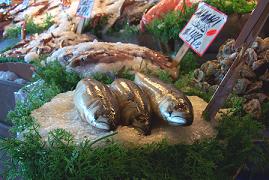
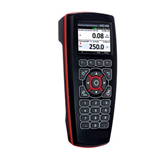
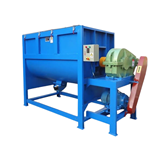
-160x160-state_article-rel-cat.png)
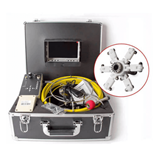
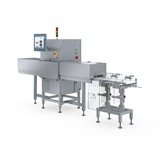
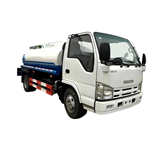

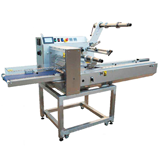
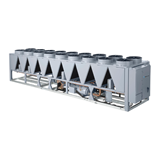
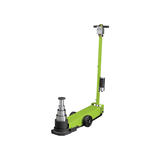
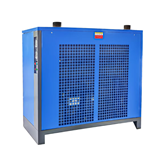
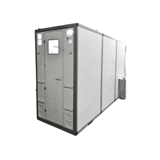
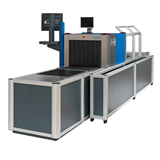
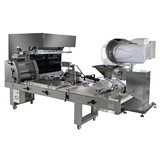




-160x160-state_article-rel-cat.png)
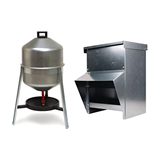



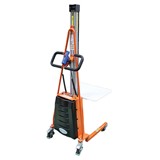
-160x160-state_article-rel-cat.png)